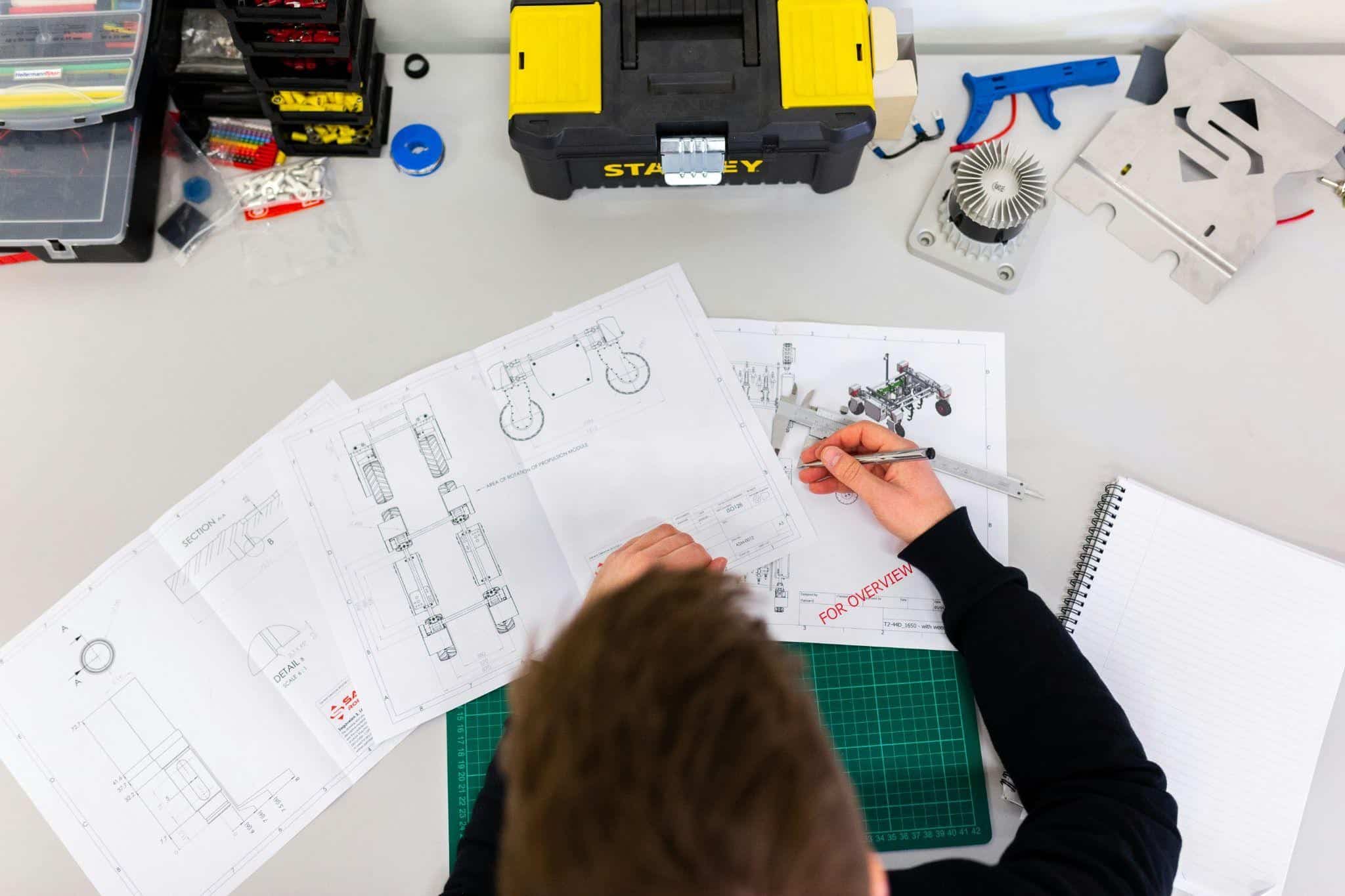Cooling AI: Challenges for Data Centers


The rise of artificial intelligence (AI) is revolutionizing industries, but it also presents significant challenges for data centers. As AI applications become more prevalent, data centers must adapt to the increasing demands of AI workloads, especially in terms of cooling. The need to efficiently dissipate the heat generated by powerful servers is paramount. This article explores the various cooling challenges that AI poses for data center operations, examining current cooling methods and emerging cooling technologies.
Impact of AI on Data Center Operations
Challenges Posed by AI Workloads
The integration of artificial intelligence significantly impacts data center operations, primarily due to the nature of AI workloads. These workloads demand substantial compute power, leading to higher power densities within server racks. Existing data centers, designed for less intensive tasks, struggle to meet these new demands. This strain shapes data center infrastructure and operational models in three critical areas. The computational demands of generative AI are pushing the boundaries of what data centers need to handle, and it is especially becoming more apparent in 2023 and 2024. As AI models continue to grow in complexity and scale, they require extensive training powered by high-density GPU clusters, placing significant strain on traditional data center designs. The implications for data center design are profound, forcing data center operators and data center developers to rethink cooling strategies and consider innovative cooling solutions to maintain optimal performance and prevent overheating.
Colocation has emerged as a vital strategy for data center operators facing the challenges of cooling in the era of AI. By sharing data center infrastructure, companies can optimize cooling systems to meet the growing demands of AI workloads while ensuring energy efficiency. Colocation facilities often implement advanced cooling technologies such as liquid cooling and evaporative cooling systems, which effectively dissipate heat generated by high-density servers. This collaborative approach not only enhances cooling performance but also promotes sustainability by reducing overall energy consumption and water usage. As the data center industry evolves, the integration of innovative cooling solutions within colocation environments is essential for managing the thermal challenges of AI and maintaining the efficiency of modern data centers.
Cooling Systems for AI Data Centers
Overview of Traditional Cooling Methods
Traditional cooling methods, such as air cooling and chilled water systems, have long been the standard for data center cooling. Air cooling, in its basic form, involves using fans and air conditioning units to dissipate heat from servers. This method is relatively inexpensive to implement initially but can struggle to cool high-density server rack environments effectively, leading to hotspots and reduced performance. Chilled water systems circulate cool water through the data center, absorbing heat from the servers and then releasing it through cooling towers or chillers. While more effective than air cooling for larger data centers, these systems are energy-intensive and have a significant impact on water usage. As AI workloads increase, these traditional cooling methods are proving inadequate to meet the evolving demands of AI, prompting a shift toward more innovative cooling technologies.
Liquid Cooling: A Sustainable Approach
Liquid cooling is rapidly transitioning from a niche solution to a mainstream necessity in modern data centers. As AI applications continue to proliferate, the heat generated by AI workloads necessitates more efficient and sustainable data center cooling strategies. Liquid cooling systems, including direct-to-chip cooling, offer a superior solution for thermal management compared to traditional air cooling. These systems bring the coolant directly into contact with heat-generating components, such as CPUs and GPUs, allowing for more effective heat transfer. This approach not only improves cooling capacity but also reduces energy consumption, contributing to the sustainability of data center operations. The adoption of liquid cooling is becoming essential for new data center designs aiming to support the high compute demands of artificial intelligence.
Benefits of Liquid Cooling for AI Workloads
With 22% of data centers already implementing liquid cooling systems, this technology has become crucial for managing the unprecedented heat generated by GPU clusters. While the initial investment in liquid cooling remains higher than traditional air cooling, its superior energy efficiency, higher cooling capacity, and green cooling features make it increasingly indispensable. One of the primary benefits of liquid cooling is its ability to dissipate heat more effectively than air cooling, preventing servers from overheating and maintaining optimal performance. Furthermore, liquid cooling can significantly reduce energy consumption and water usage in data center operations. By minimizing the need for evaporative cooling and optimizing data center power, liquid cooling contributes to data centers’ environmental impacts and supports sustainability initiatives. As AI workloads continue to grow, the adoption of liquid cooling will be essential for data center operators and data center developers. The cooling technologies will be essential in the data center industry in 2023 and 2024.
Thermal Management in AI Data Centers
Understanding Cooling Capacity Needs
The exponential growth of artificial intelligence and the corresponding surge in AI workloads have placed unprecedented demands on data center cooling infrastructure. The need to effectively dissipate heat generated by high-density servers running complex AI applications has pushed existing data centers to their limits. The cooling capacity of traditional cooling systems, such as air cooling, is often insufficient to handle the thermal output of AI data center environments. Data center operators must accurately assess their cooling needs, considering not only current AI workloads but also projected future growth. Understanding the specific thermal characteristics of AI hardware, including GPUs and specialized AI accelerators, is crucial. Therefore, data center design must evolve to accommodate higher power densities and ensure reliable data center cooling, leveraging advanced cooling solutions.
System Efficiency and AI Workloads
System efficiency is a critical factor in the ability of any data center to handle demanding AI workloads, and nowhere is this more evident than in the cooling system. Problems with cooling systems represent a significant challenge. Inefficient cooling can lead to increased energy use and reduced performance, negating many of the benefits of artificial intelligence. Cooling technologies must be optimized to minimize energy consumption while maximizing heat dissipation. This involves implementing advanced control algorithms, using energy-efficient cooling equipment, and optimizing airflow patterns within the data center. The type of cooling method chosen affects the cost of cooling data centers. As AI workloads become increasingly prevalent, data center operators are looking to improve system efficiency. Improving the efficiency of cooling system will reduce the data centers’ environmental impacts.
Water Usage and Sustainability Considerations
Water use is becoming an increasingly important consideration for data center operations, especially as AI applications drive up power densities. Traditional evaporative cooling methods, while effective, consume significant amounts of water, contributing to water scarcity in many regions. The consumption of water in data centers becomes more acute due to the increasing reliance on AI. Data center developers are exploring alternative cooling solutions that minimize water usage or eliminate it altogether. These include air-cooled chillers, dry coolers, and liquid cooling technologies that use closed-loop systems to conserve water. Sustainable cooling strategies not only reduce environmental impacts but also enhance the long-term viability of data centers in a world where water resources are becoming more precious. Addressing water use is crucial for ensuring the sustainability of AI data center operations and minimizing their environmental footprint in 2023 and 2024.









